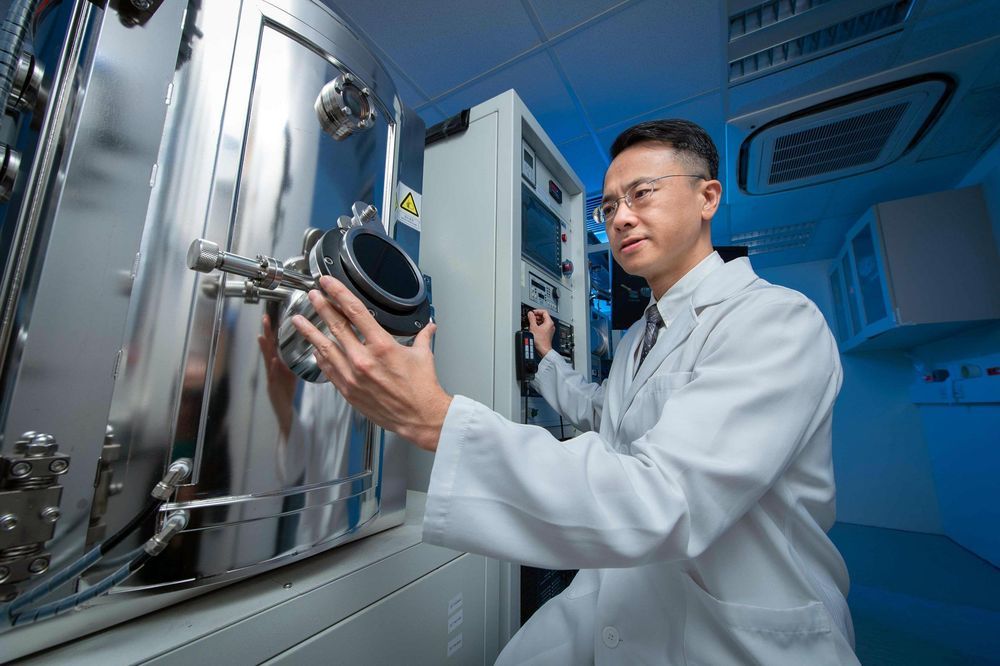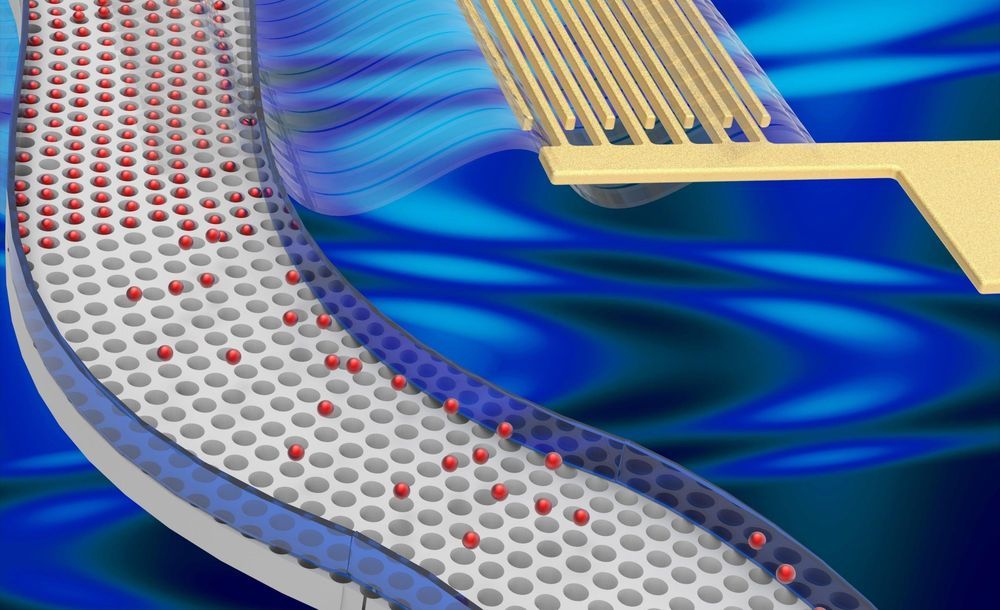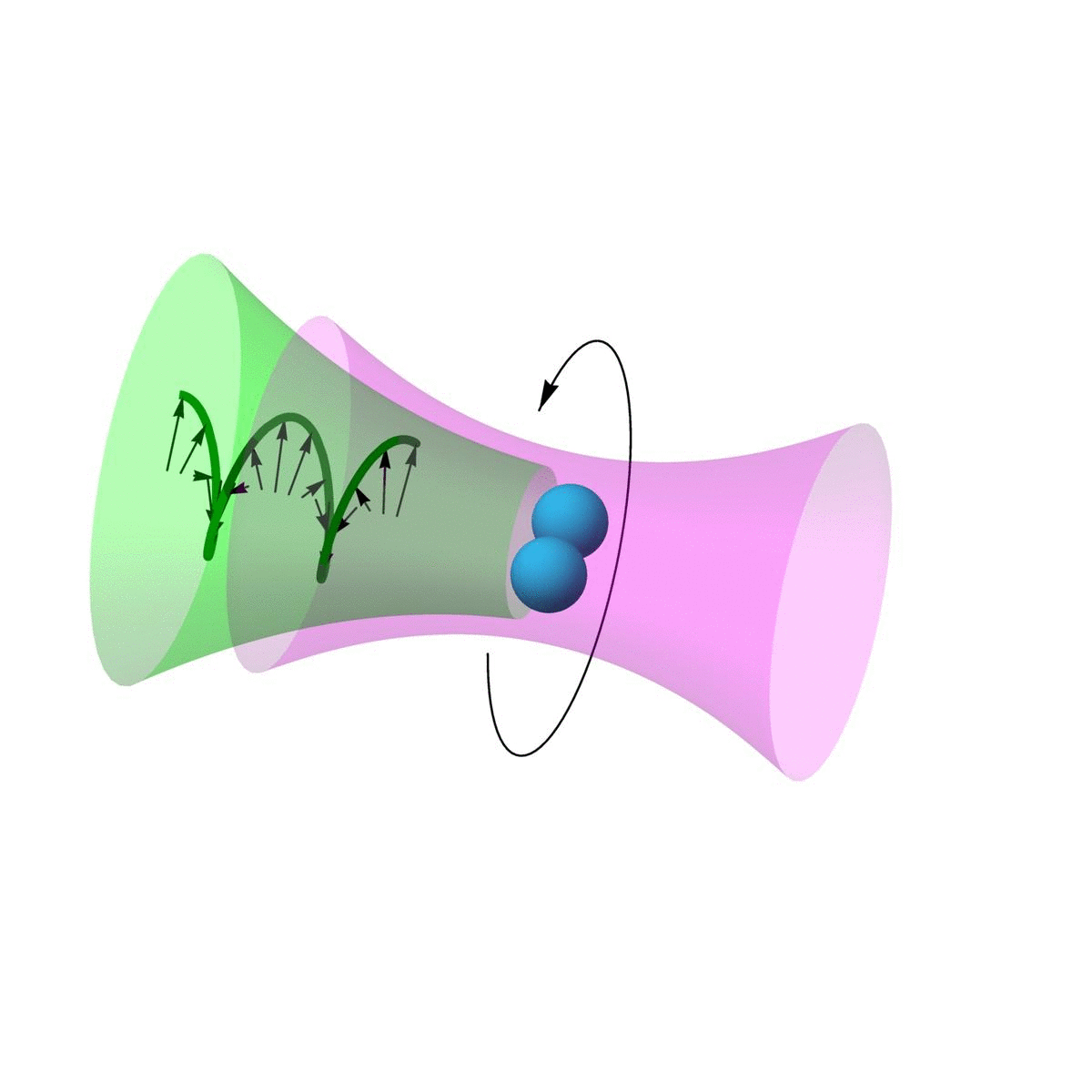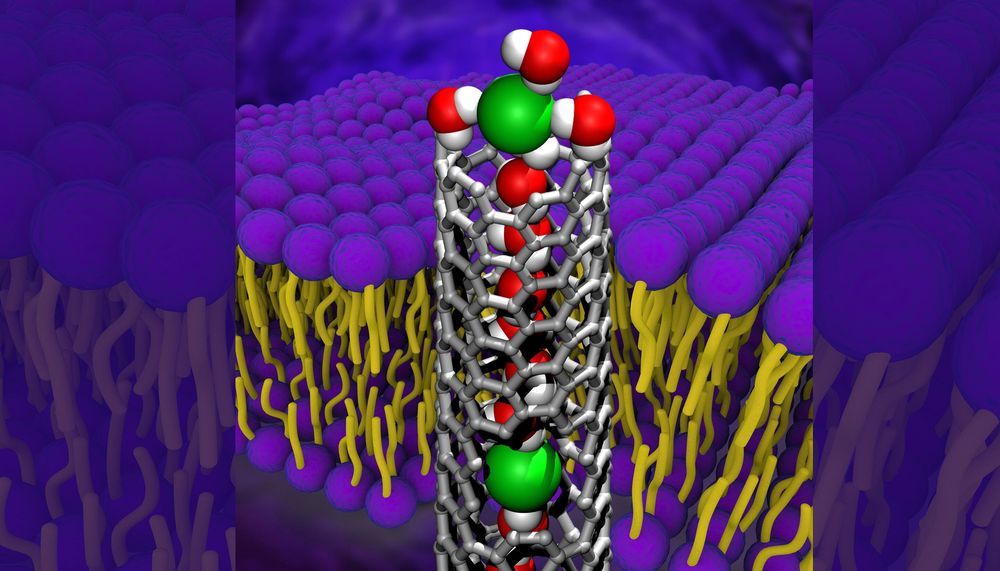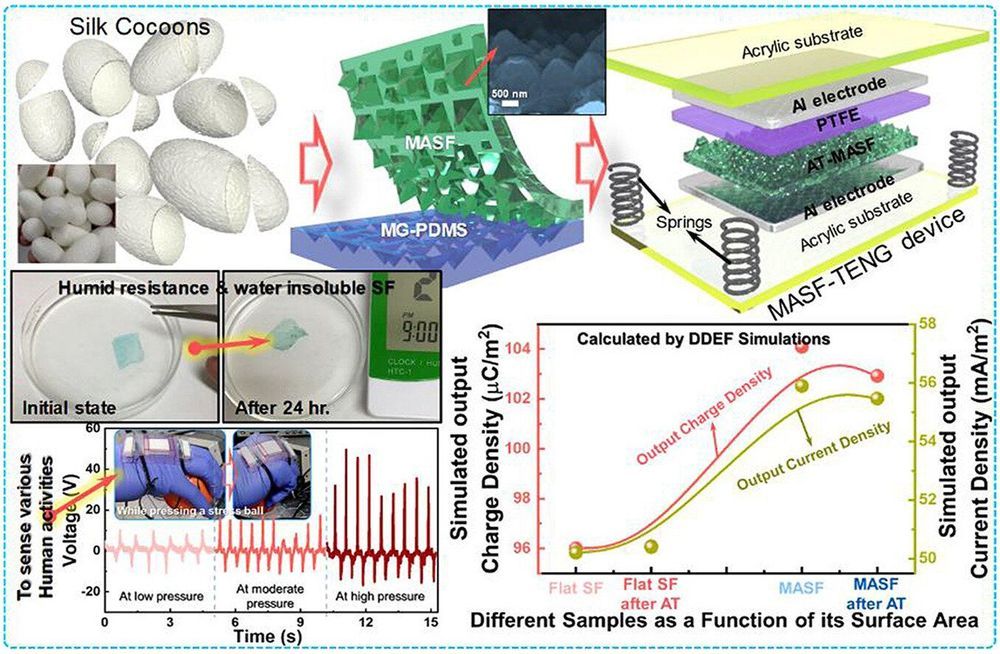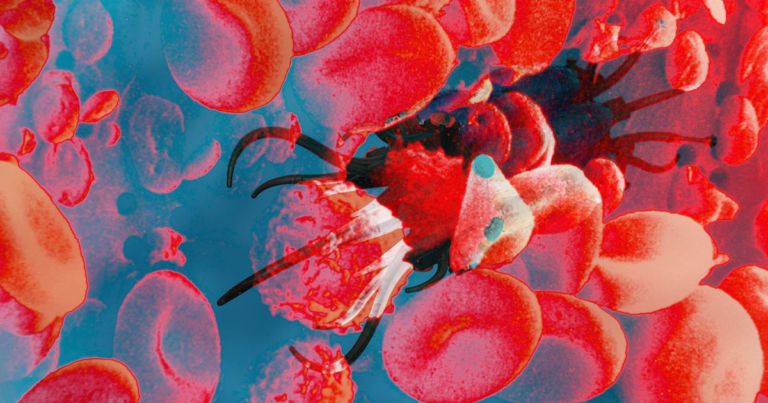May 26, 2020
Scientists Eliminate Drug Side Effects by Manipulating Molecular Chirality
Posted by Genevieve Klien in categories: biotech/medical, nanotechnology
Scientists from Hong Kong Baptist University (HKBU) have developed a novel technique that can produce pure therapeutic drugs without the associated side effects.
The approach, which uses a nanostructure fabrication device, can manipulate the chirality of drug molecules by controlling the direction a substrate is rotated within the device, thus eliminating the possible side effects that can arise when people take drugs containing molecules with the incorrect chirality.
Published in the renowned international scientific journal Nature Chemistry, the research findings pave the way towards the mass production of purer, cheaper, and safer drugs that can be made in a scalable and more environmentally-friendly way.
